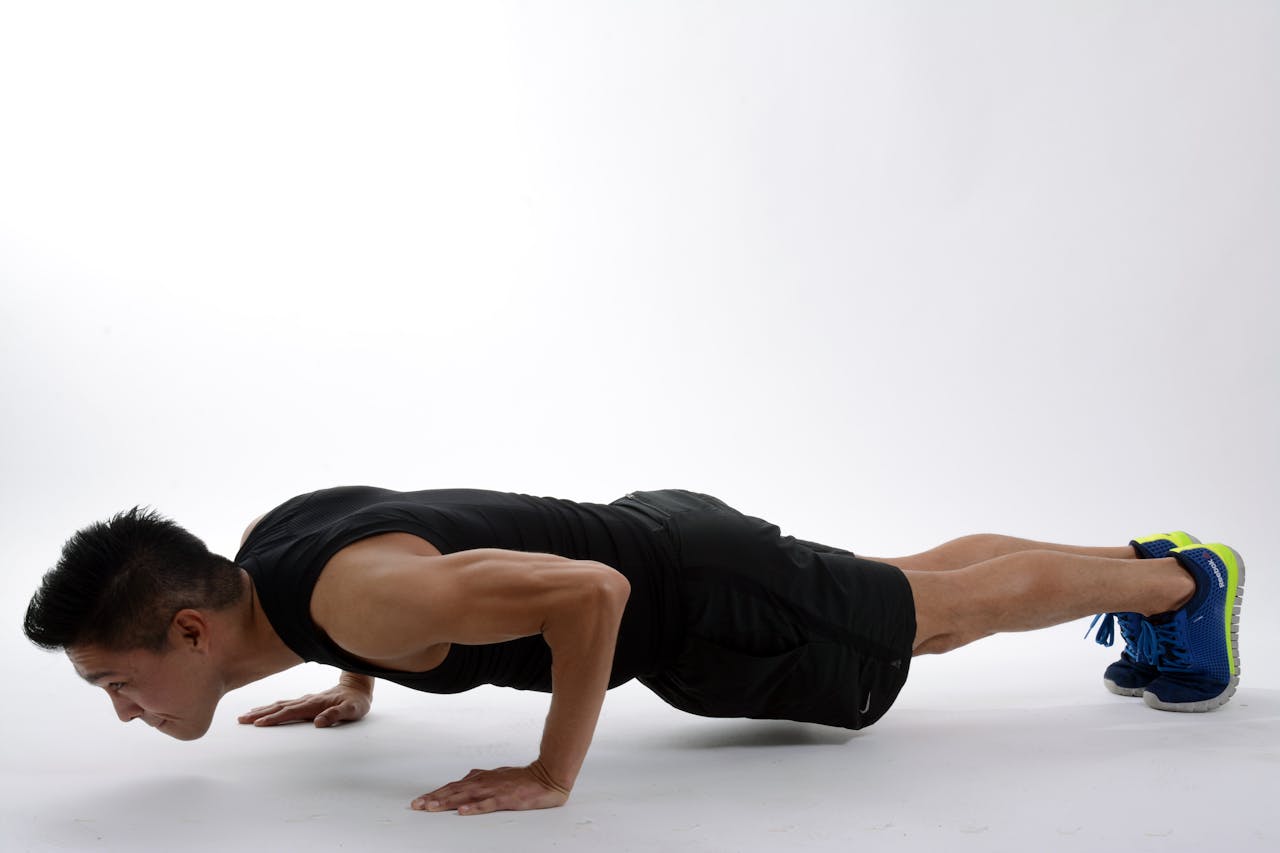In today’s connected world, technology can be your greatest ally in achieving and maintaining peak physical health. From wearable trackers to interactive apps, the digital fitness ecosystem offers tools that make planning, tracking, and sustaining your workouts easier than ever. This article will guide you through using tech-driven solutions to elevate your fitness routine—no matter your level.
1. Embrace Wearable Trackers for Real‑Time Feedback
Modern wearable devices go far beyond counting steps. They can:
- Monitor Heart Rate Zones
Know exactly when you’re in the fat‑burning, cardio, or peak performance zones to tailor workouts more effectively. - Track Sleep Quality
Restorative sleep is crucial for recovery. Wearables can tell you how much deep, REM, and light sleep you’re getting, helping you adjust bedtime routines. - Count Active Minutes
Rather than raw step counts, focus on “active minutes” spent at moderate or vigorous intensity—your true indicator of cardiovascular benefit. - Provide Workout Suggestions
Based on your daily activity and recovery metrics, some devices will recommend whether you should push hard or take it easy.
Tip: Sync wearable data with a central app (like Apple Health, Google Fit, or Garmin Connect) for comprehensive insights.
2. Leverage Fitness Apps for Structured Programming
Whether you want strength training, yoga flows, or HIIT, there’s an app for that:
- Strength Training
- Apps: StrongLifts, JEFIT, FitnessAI
- Features: Automated progressive overload, exercise demonstrations, rest timers.
- Cardio & Endurance
- Apps: Strava, Nike Run Club, Zwift
- Features: GPS route mapping, virtual races, pacing guidance, community leaderboards.
- Flexibility & Mobility
- Apps: Down Dog, ROMWOD, GOWOD
- Features: Customized stretch routines, yoga sequences, mobility assessments.
- All‑in‑One Platforms
- Apps: MyFitnessPal (with exercise logging), FitOn, Freeletics
- Features: Comprehensive meal and workout tracking, personalized AI coaching, live classes.
Strategy: Pick one or two specialized apps rather than dozens—this helps maintain focus and reduces data fragmentation.
3. Use Data Analytics to Drive Smarter Decisions
Collecting data is only half the battle. You need to interpret it:
- Trend Analysis
Review weekly or monthly summaries to spot patterns—e.g., are your runs getting slower on days you sleep less than 7 hours? - Goal Heatmaps
Some platforms visualize which workouts you hit most often and which you’re neglecting (e.g., strength vs. cardio). - Recovery vs. Load
Compare your training load (calculated from intensity and duration) to recovery scores. If load consistently exceeds recovery, risk of overtraining rises. - Nutrition Correlation
Link macros and hydration logs with performance data. You might find that upping protein by 10 g per day helps you lift heavier in the gym.
Action Step: Schedule a monthly “fitness audit” in your calendar to review these metrics and tweak your plan.
4. Gamify Your Routine for Motivation
Turning workouts into a game taps into intrinsic motivation:
- Points & Badges
Many apps award badges for milestones—first 5K, 10 workouts in a row, or 1,000 active minutes. - Challenges & Streaks
Join community challenges (e.g., 30-day push‑up streak) and compete with friends or global participants. - Virtual Rewards
Earn discount codes or in‑app currency that you can redeem for apparel or premium content. - Leaderboard Competition
Strava and Zwift leaderboards let you see how you stack up against others on popular routes or segments.
Psychology: Small, frequent wins release dopamine, reinforcing positive behavior and making you more likely to stick with your plan.
5. Integrate Smart Home Gym Equipment
The “home gym” has evolved from dumbbells and a yoga mat into fully interactive studios:
- Connected Strength Machines
Brands like Tonal and Tempo adjust resistance automatically, track your form with cameras or sensors, and coach you through workouts. - Interactive Mirrors
Products like Mirror and Echelon provide a live-feed instructor, real-time form feedback, and on‑demand classes. - Smart Cardio Gear
Peloton bikes and treadmills let you join live classes, monitor cadence and power output, and sync with music playlists. - Compact All‑in‑One Systems
Devices such as NordicTrack Vault combine strength racks, weight storage, and a large display for guided sessions.
Budget Tip: If you can’t invest thousands upfront, look for hybrid studios offering equipment rental or subscription-based access.
6. Optimize Recovery with Tech‑Enabled Tools
Recovery tech is as important as workout tech:
- Percussion Massagers
Devices like Theragun and Hypervolt help relieve muscle soreness faster when used post‑workout. - Compression Boots & Sleeves
Brands like Normatec use pneumatic compression to boost circulation and flush out metabolic waste. - Sleep Trackers & Smart Mattresses
Products that adjust firmness or temperature throughout the night can dramatically improve sleep quality. - Meditation & Breathwork Apps
Headspace, Calm, or Waking Up guide you through sessions designed to lower cortisol and promote recovery.
Routine: End every training day with 10 minutes of guided stretching, foam rolling, or percussion massage—logged in your app.
7. Stay Accountable with Virtual Coaching
If you thrive under guidance, consider:
- AI Coaches
Apps like Future pair you with AI-backed routines that adapt in real time based on your performance and feedback. - Human Coaches
Virtual personal trainers via platforms like Trainerize or Trainiac deliver personalized plans, video form checks, and weekly check‑ins. - Hybrid Models
Services that combine group classes with occasional one‑on‑one sessions help balance cost and customization.
Key Benefit: Regular expert feedback ensures you maintain proper form, adjust when you plateau, and stay motivated.
8. Protect Your Data & Privacy
With great tech comes great responsibility. Keep your information safe:
- Use Strong, Unique Passwords for each fitness platform—consider a password manager.
- Review App Permissions: Disable unnecessary access to contacts, camera, or location when not needed.
- Read Privacy Policies: Know how your biometric data is stored, used, and shared.
- Enable Two‑Factor Authentication (2FA) wherever possible to prevent unauthorized access.
Conclusion
By thoughtfully integrating wearables, apps, smart equipment, and data analytics into your fitness routine, you can make every workout more efficient, enjoyable, and sustainable. Leverage the digital tools available to personalize your training, track progress in real time, and maintain the motivation you need to reach—and exceed—your goals. Embrace the technology at your fingertips, and watch how it transforms not just your workouts, but your entire approach to health and well‑being.



